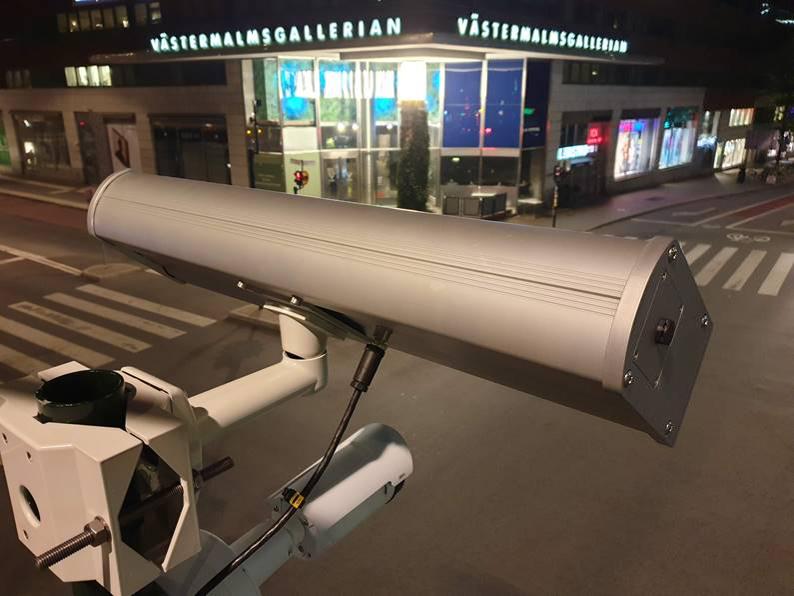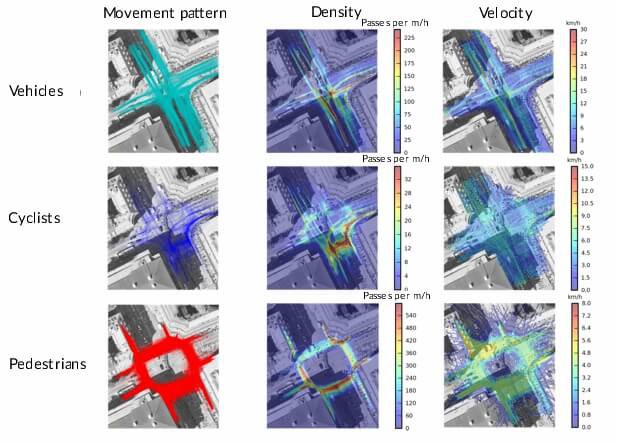During autumn 2017, Trafikverket (Swedish Transport Administration), Trivector and the City of Stockholm tested an experimental road design. The main objective was to increase the safety and mobility of cyclists. The experiment was performed at the busy and complex intersection between Kungsgatan and Sveavägen in central Stockholm. Viscando provided a detailed and objective study of road user behaviour through the experimental setup, and a detailed analysis of red light violations by vehicles and cyclists.

Road user behaviour
This is what Viscando’s measurements showed:

Quote
“Viscando allows rapid evaluation of changes in the traffic environment. Instead of waiting for years to see the effect of a traffic safety improvement project, for example, we can instantly deliver objective information.” Amritpal Singh, CEO at Viscando AB.
More info
Video and further explanation on experimental road design can be found on the Trafikverket website.